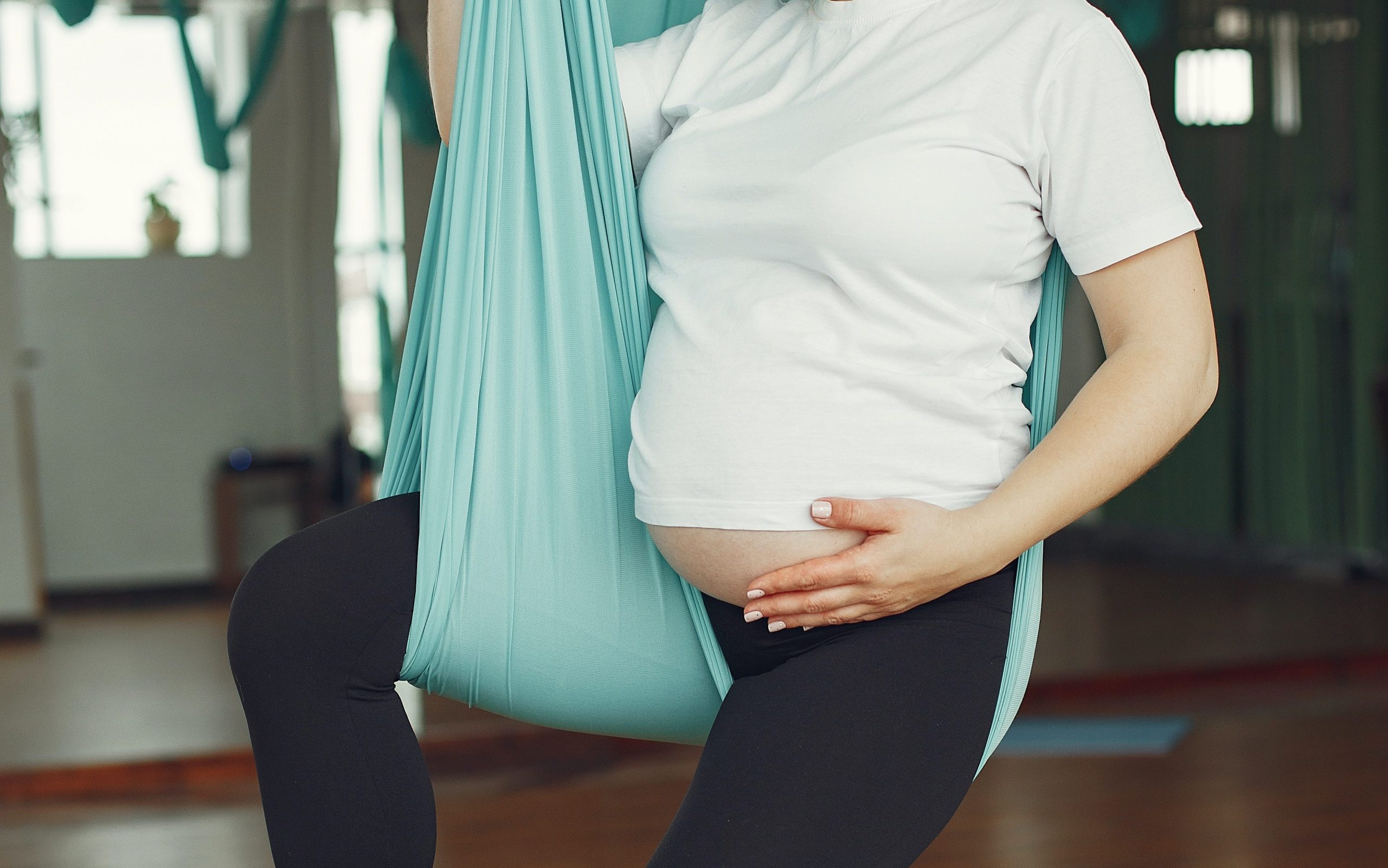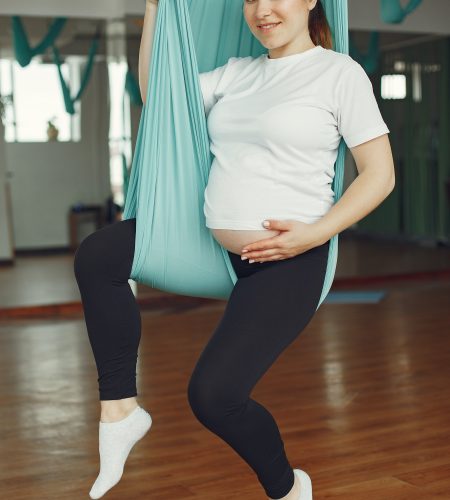
Engaging in regular physical activity during pregnancy can offer numerous benefits for both the mother and the developing baby. However, it’s essential to consult with your healthcare provider before starting or continuing any exercise routine, as individual circumstances and medical history can impact what activities are suitable for you. In general, here are some guidelines for physical activities during pregnancy:
- Consult with your healthcare provider: As mentioned, it’s crucial to get clearance from your healthcare provider before beginning or continuing an exercise program. They can provide personalized recommendations based on your health, pregnancy stage, and any potential complications.
- Choose low-impact activities: Opt for low-impact exercises that minimize stress on the joints and reduce the risk of injury. Suitable options include walking, swimming, stationary cycling, prenatal yoga, and low-impact aerobics.
- Listen to your body: Pay attention to your body’s signals during exercise. If you feel any pain, dizziness, shortness of breath, or vaginal bleeding, stop exercising and consult your healthcare provider.
- Modify intensity as needed: Pregnancy is not the time to push for high-intensity workouts or engage in activities that carry a high risk of falls or impact to the abdomen. Modify the intensity as needed to ensure comfort and safety.
- Practice good posture: Maintain proper posture during exercise to prevent strain on the back and joints. Avoid exercises that involve lying flat on your back for an extended period, especially in the later stages of pregnancy.
- Stay hydrated and cool: Drink plenty of water before, during, and after exercise to stay properly hydrated. Exercise in a cool, well-ventilated environment, and avoid overheating.
- Wear appropriate clothing: Choose comfortable, loose-fitting clothing and supportive footwear that provides stability.
- Warm up and cool down: Prior to exercising, warm up with gentle stretches and movements. Afterward, cool down gradually to bring your heart rate back to normal.
- Pelvic floor exercises: Include pelvic floor exercises (Kegel exercises) in your routine to help maintain pelvic muscle strength, which can support bladder control and assist during labor and delivery.
- Seek guidance from professionals: Consider joining prenatal exercise classes or working with a certified prenatal fitness instructor who can provide guidance and exercises tailored to pregnancy.
Remember, everyone’s pregnancy is unique, and individual circumstances can affect what exercises are suitable. Always prioritize safety, listen to your body, and consult with your healthcare provider for personalized advice and recommendations.


Comments